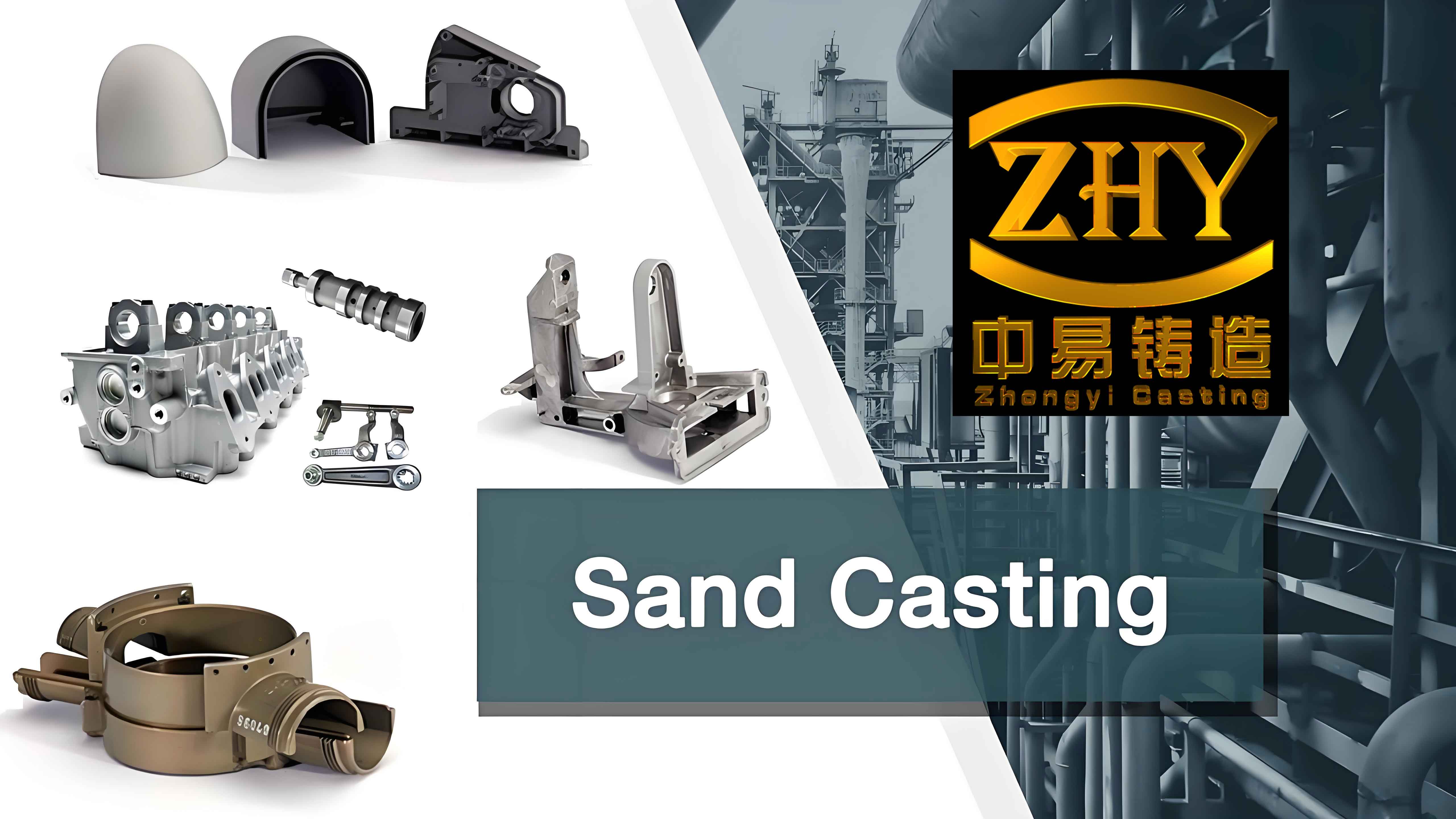Sand casting is one of the most widely used casting processes in the manufacturing industry. The durability of sand casting parts depends largely on the selection of appropriate materials. This article aims to provide comprehensive and detailed material selection strategies for achieving durable sand casting parts, covering various aspects such as material properties, application scenarios, and cost considerations.

1. Introduction
Sand casting is a versatile manufacturing process that allows for the production of complex-shaped parts with relatively low tooling costs. However, to ensure the long-term performance and reliability of sand casting parts, the choice of materials is of critical importance. Different materials offer distinct properties and characteristics that influence the durability, mechanical strength, corrosion resistance, and other key attributes of the final castings.
2. Understanding Sand Casting Parts
Sand casting parts can be found in a wide range of industries, including automotive, aerospace, machinery, and construction. These parts can vary in size, shape, and complexity, from small engine components to large structural elements. The specific requirements for each sand casting part depend on its intended application and operating conditions.
3. Key Material Properties for Durability
3.1 Mechanical Properties
- Tensile Strength
- Yield Strength
- Hardness
- Fatigue Resistance
3.2 Corrosion Resistance
- Resistance to Chemical Environments
- Oxidation Resistance
3.3 Thermal Properties
- Heat Conductivity
- Thermal Expansion Coefficient
3.4 Castability
- Fluidity
- Shrinkage Characteristics
4. Common Materials for Sand Casting
4.1 Gray Cast Iron
- Properties and Applications
- Advantages and Limitations
4.2 Ductile Iron
- Comparison with Gray Cast Iron
- Specific Use Cases
4.3 Steel
- Different Types and Their Characteristics
- Applications in Sand Casting
4.4 Aluminum Alloys
- Benefits and Challenges
- Industries Where Commonly Used
4.5 Copper Alloys
- Properties and Suitable Applications
5. Material Selection Considerations
5.1 Service Environment
- Mechanical Loading
- Temperature Extremes
- Chemical Exposure
5.2 Functional Requirements
- Dimensional Accuracy
- Surface Finish
5.3 Cost Constraints
- Material Cost
- Processing Costs
6. Case Studies
6.1 Automotive Engine Block
- Material Chosen and Why
- Performance Evaluation
6.2 Construction Machinery Component
- Material Selection Process
- Long-Term Durability Results
7. Advanced Materials and Emerging Trends
7.1 Composite Materials
- Potential in Sand Casting
- Challenges and Opportunities
7.2 Nanotechnology Applications
- Enhancing Material Properties
8. Quality Control and Testing
8.1 Inspection Methods for Material Properties
- Non-Destructive Testing
- Destructive Testing
8.2 Ensuring Consistent Quality
9. Conclusion
The selection of materials for durable sand casting parts is a complex process that requires a comprehensive understanding of the part’s requirements, the properties of available materials, and the manufacturing process. By carefully considering the various factors discussed in this article and conducting thorough analysis and testing, manufacturers can make informed decisions to produce sand casting parts that meet or exceed the expected durability and performance standards.
| Material | Tensile Strength (MPa) | Yield Strength (MPa) | Hardness (HB) | Corrosion Resistance |
|---|---|---|---|---|
| Gray Cast Iron | 150 – 350 | 100 – 250 | 170 – 250 | Moderate |
| Ductile Iron | 400 – 800 | 250 – 500 | 160 – 240 | Good |
| Steel | 400 – 1500 | 200 – 1200 | 120 – 300 | Variable |
| Aluminum Alloys | 100 – 550 | 50 – 450 | 30 – 150 | Good |
| Copper Alloys | 200 – 600 | 60 – 300 | 50 – 200 | Excellent |
List of Industries Using Sand Casting Parts:
- Automotive
- Engine components
- Transmission parts
- Aerospace
- Structural components
- Engine housings
- Machinery
- Gearboxes
- Pump housings
- Construction
- Valve bodies
- Brackets
Please note that this is a sample article and may require further refinement and expansion based on specific requirements and detailed research.
